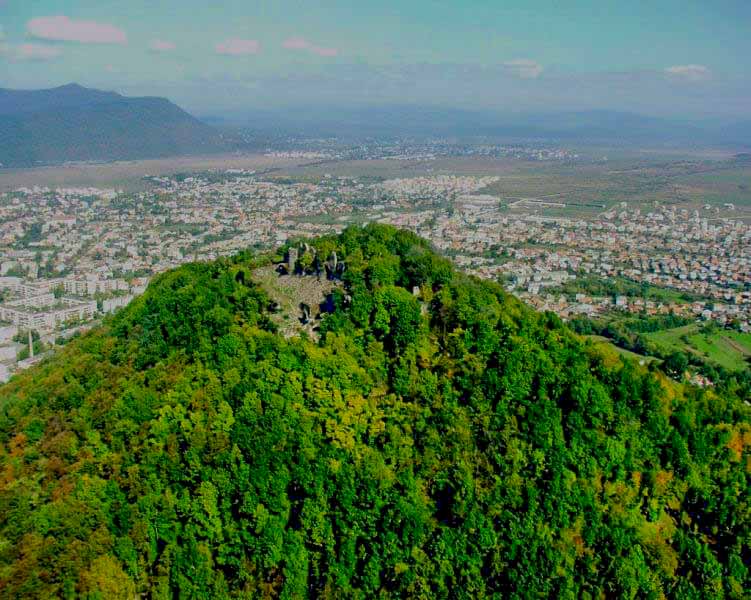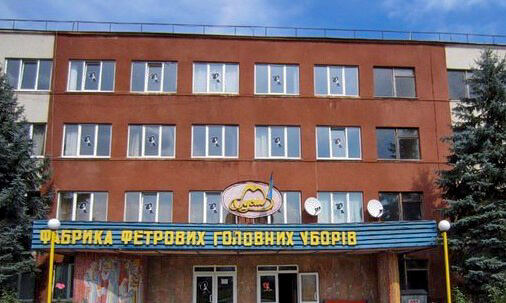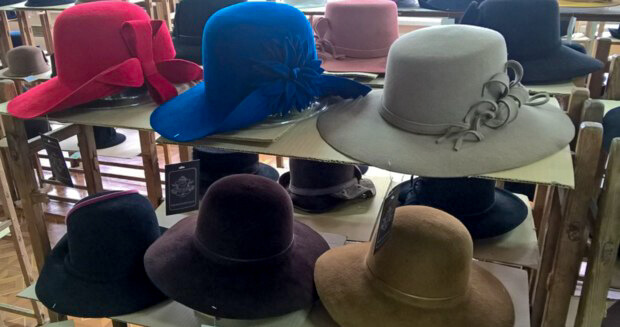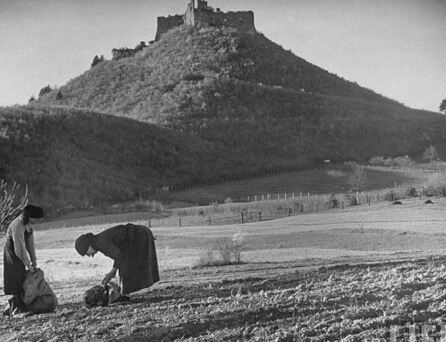
City Khustlocated at the confluence of the river River in Yew treeat a distance of 112 kilometers from the regional center. A railway passes through the city Uzhgorod–Solotvinoand the highway Uzhgorod-Rakhiv. The population of Khust is about thirty thousand people.
There is a version that name of the city Hust – this is an abbreviation of the names of crown cities Maramorosh zhupi, and same: Gesamte – Dovhe Pole – Kimpolung (now in theRomanians) – “G”; WISC – Vyshkovo – “У”; Shit of Sighetul Marmatiei – now in Romania) – “C”; Techo – Tiachiv – “T”. Thus, the first letters of the names of these cities gave the name of the city” GUST”, which was later transformed into Hust.

Hust as a fortified the locality existed already in the X-XI centuries. The city was repeatedly attacked by various invaders: in the XIII century by the Tatar-Mongols, in the XVI-XVIII centuries by the Turks and Crimean Tatars. In 1281-1321, Khust was part of the Kingdom of Galicia-Volhynia. In 1329, it became a crown city. From 1511 Hust became the property of Tibor Feathers, to which the city gave Hungarian king Vladislav II. In 1526, Hust became part of The Transylvanian Principality and during the XVI-XVII centuries became the scene of a struggle between Transylvania and The Austrian monarchy.During the war 1703-1711 it became a stronghold of the national liberation war Hungarian under the wireFerenc II Rakoczy.
At the end of XVIII-XIX centuries Hust is a major economic, commercial and cultural center of the region. After the collapse of Austria-Hungary, citizens spoke out for the reunification of Transcarpathia with Ukraine, which was supported at the National Congress of People’s committees on January 21, 1919. After November 2, 1938, Khust became the capital of first Autonomous Subcarpathian Rus, and later independent Carpathian Ukraine. On March 15, 1939, it was occupied by the troops of the hortist Hungary, which liquidated the proclaimed Augustin Voloshin independent state. On October 24, 1944, the city was liberated from the Nazis by the troops of the 4th Ukrainian front. Since 1946 Hust became district center Transcarpathian region.
In the 1980s, there were 12 schools, a forestry school, a medical and vocational schools, furniture factory, Shoe and felt factories, brick factory, bread, butter and meat processing plants, and other enterprises. In Soviet times Hust it was famous for its felt factory, which even the General secretaries of the USSR wore hats with.

Since 1998, Khust has become a city of regional significance.
Khust photos, Transcarpathia
#отдыхаемнаприроде #замковаягора #хустзамок #закарпатье #замковагора #закарпаття #хуст #хустзакарпаття
Мы переехали с севера Украины в Закарпатье, к нашим детям и внукам, и теперь я хожу гулять в городской парк #немойпрекрасныйсад #хуст #прогулкавпарке #летовгороде #закарпатье #summergarden #khust #rosesingarden #flowers #loverflowers #gardenlove #хустзакарпаття
🤍🤍🤍
.
.
.
#хуст #хустзакарпаття #украина #фото#travel#travelphotography#ukraine#mountain#ukrainiantravelers
Хуст, Закарпаття
Khust, Ukraine
#хустзакарпаття
#хустукраїна
#хустукраїна
#україна
#украина #хуст
#закарпаття
#европа
#мicто
#хустзакарпатье
#закарпатье
#khust
#ukraine
#transcarpathia
#europa
#dzhuhacities
#dzhuhaukraine
#dzhuha_europe
Ми чекаємо вас з 9:00 до 00:00❤️
⠀
Обирайте серед двох затишних терас та приходьте відпочивати з рідними й друзями👨👩👧👦
⠀
Пишіть в коментарі + ті, хто сьогодні точно прийде до нас в гості😜
⠀
📲 +38 (096) 957 49 57
📍м. Хуст, вул. Львівська, 122
Дякуємо, що обираєте Premiere для святкування важливих подій❤️
⠀
На фото чарівна vladka_danilovska_ 😍
⠀
📲 +38 (096) 957 49 57
📍м. Хуст, вул. Львівська, 122








